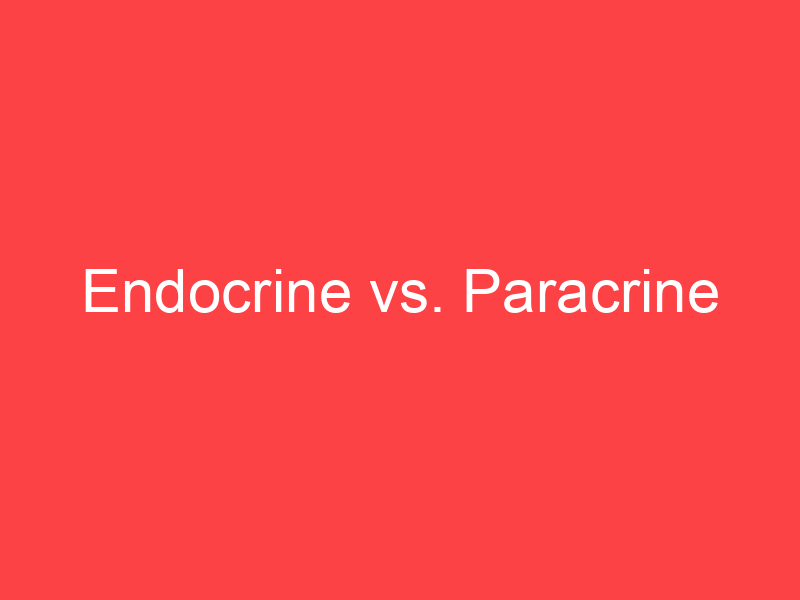-
Paracrine
Paracrine signaling is a form of cell-to-cell communication in which a cell produces a signal to induce changes in nearby cells, altering the behavior of those cells. Signaling molecules known as paracrine factors diffuse over a relatively short distance (local action), as opposed to endocrine factors (hormones which travel considerably longer distances via the circulatory system), juxtacrine interactions, and autocrine signaling. Cells that produce paracrine factors secrete them into the immediate extracellular environment. Factors then travel to nearby cells in which the gradient of factor received determines the outcome. However, the exact distance that paracrine factors can travel is not certain.
Although paracrine signaling elicits a diverse array of responses in the induced cells, most paracrine factors utilize a relatively streamlined set of receptors and pathways. In fact, different organs in the body -even between different species – are known to utilize a similar sets of paracrine factors in differential development. The highly conserved receptors and pathways can be organized into four major families based on similar structures: Fibroblast growth factor (FGF) family, Hedgehog family, Wnt family, and TGF-β superfamily. Binding of a paracrine factor to its respective receptor initiates signal transduction cascades, eliciting different responses.
-
Endocrine (adjective)
Producing internal secretions that are transported around the body by the bloodstream.
-
Endocrine (adjective)
Pertaining to the endocrine glands or their secretions.
-
Endocrine (noun)
The secretion of an endocrine gland.
-
Endocrine (noun)
An endocrine gland.
-
Paracrine (adjective)
Describing a hormone or other secretion released from endocrine cells into the surrounding tissue rather than into the bloodstream

